5 Reasons Every Biotech Lab Needs a Nanodrop Spectrophotometer Right Now
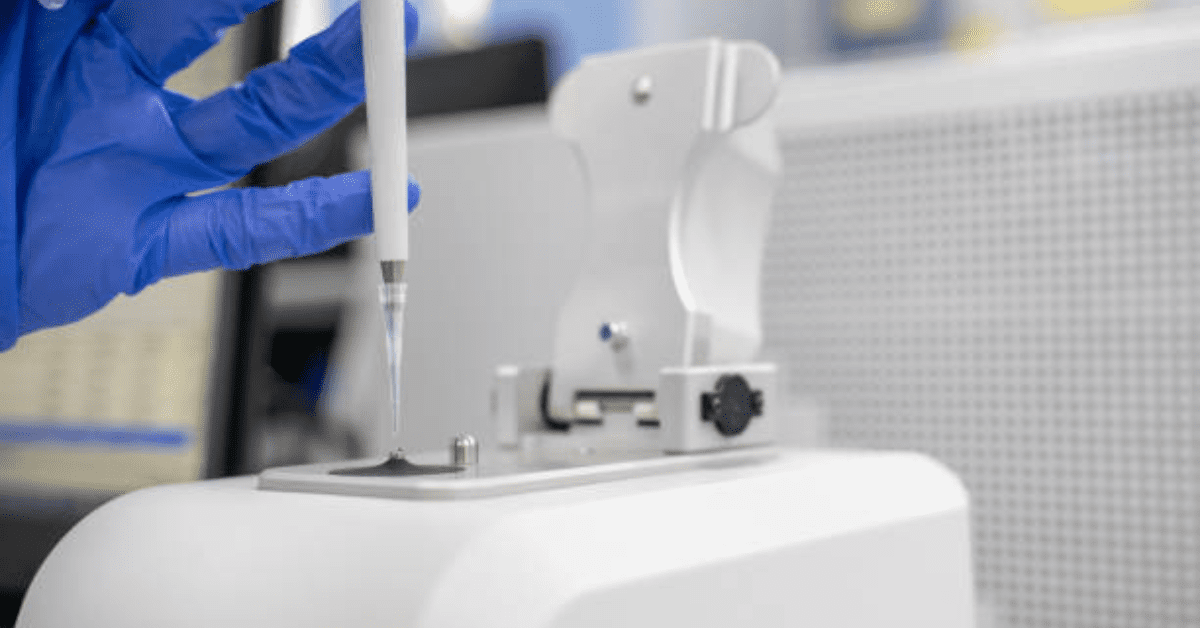
What is a Nanodrop Spectrophotometer?
The Nanodrop Spectrophotometer is a small yet powerful tool used in life sciences and biotech labs to measure the concentration and purity of nucleic acids (DNA, RNA) and proteins. What sets this instrument apart is its ability to work with incredibly small sample volumes—often less than 2 microliters—without the need for cuvettes or additional reagents.
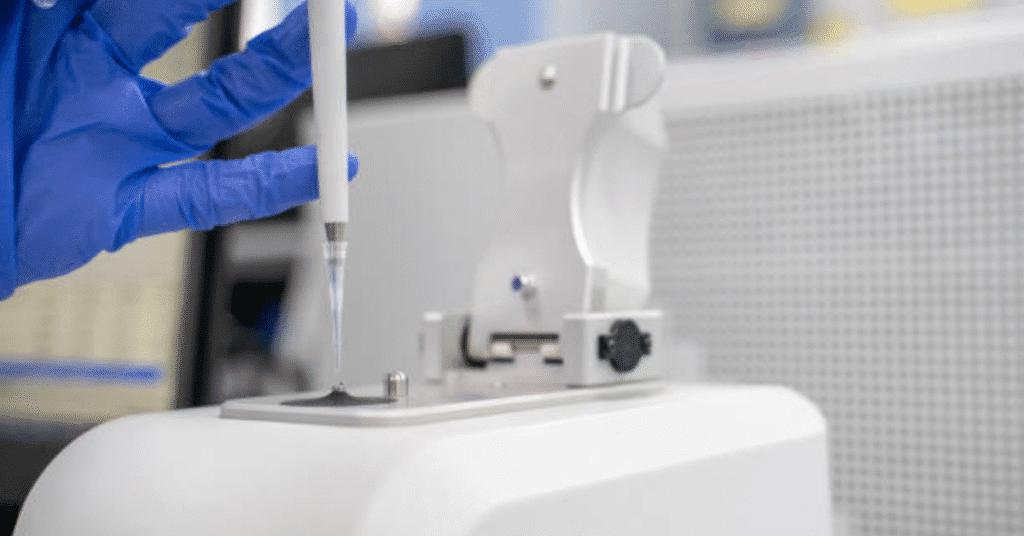
This optical marvel relies on absorbance spectroscopy, using ultraviolet and visible light to assess biomolecules in seconds. It’s fast, it’s reliable, and it saves both time and precious resources. Thanks to its compact design and advanced optics, researchers can now perform analyses that once required bulky, expensive, and complicated setups.
Why It’s Revolutionizing Biotech Labs
Imagine this: you’re running a critical experiment, and you only have a few microliters of RNA left. In the past, quantifying it might have meant sacrificing half the sample just to analyze it. Enter the Nanodrop Spectrophotometer—a lab’s secret weapon.
Its ease of use and minimal sample requirement allow for real-time decisions without delay. No waiting for results, no wasting reagents, and no repeated setups. For biotech startups racing against time and grant deadlines, this tool is nothing short of a game changer.
1. Precision in Quantification and Purity Analysis
Accurate Nucleic Acid and Protein Measurement
When it comes to quantifying DNA, RNA, and proteins, precision is everything. One misstep in concentration or contamination levels can derail an entire research project. The Nanodrop Spectrophotometer provides highly accurate and reproducible readings across a wide dynamic range, ensuring confidence in every measurement.
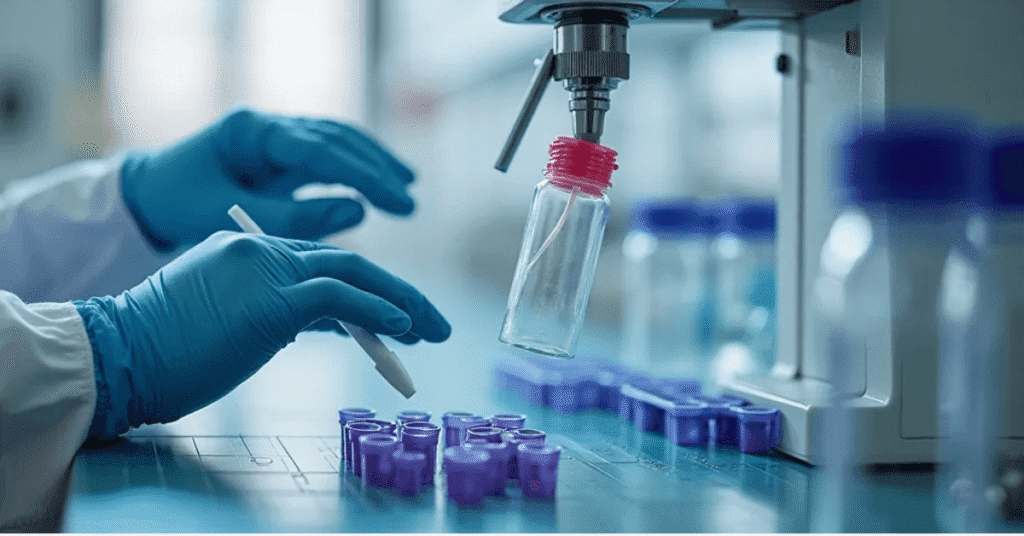
What makes it even more powerful is its ability to measure purity ratios (260/280 and 260/230), which help researchers determine whether their samples are contaminated with proteins, phenol, or other unwanted substances. This level of insight is vital for downstream applications like PCR, qPCR, and sequencing.
It’s like having a high-powered microscope—but for biomolecular concentrations. You see all aspects of test quality, not just the percentages.
Eliminates Human Error with Digital Precision
Let’s be real—manual pipetting, reading cuvette-based spectrophotometers, and interpreting data can introduce human errors. The Nanodrop changes the game by automating much of the process. With built-in software that guides you step-by-step, even novice users can generate publication-grade results in seconds.
Say goodbye to variability between users. This tool ensures that the data remains consistent no matter who’s operating it. That kind of reliability builds trust—not just in the equipment, but in your entire workflow.
2. Minimal Sample Requirement
Saving Precious Samples in High-Stakes Research
Biotech research often involves tiny amounts of material—especially when working with rare samples, patient biopsies, or costly reagents. That’s where the Nanodrop Spectrophotometer truly shines. It needs as little as 1–2 µL of sample to deliver a full readout of concentration and purity.
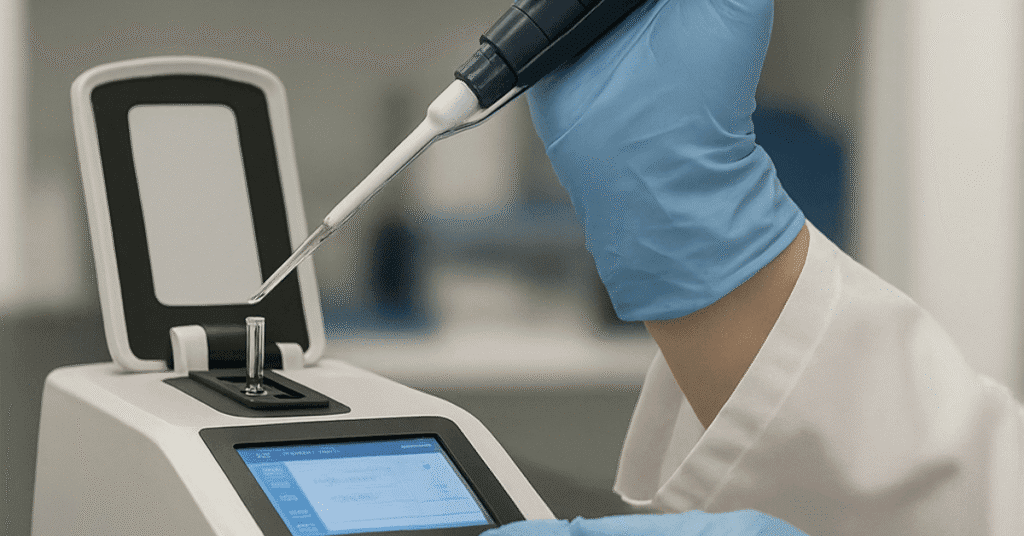
This minimal requirement means researchers can preserve more of their precious samples for actual experiments rather than burning it all on quantification. It’s like making a gourmet meal with just a pinch of salt—you get full flavor with zero waste.
From Microliters to Mega Discoveries
When you’re working in synthetic biology, molecular diagnostics, or CRISPR research, every microliter counts. Using a Nanodrop allows researchers to scale their experiments without scaling up their budgets or sample needs. It’s a tiny instrument making a massive impact.
For those in high-throughput labs, minimal sample consumption also translates into greater efficiency across dozens or hundreds of analyses per day. No more bottlenecks, no more repeat samples, and no more unnecessary do-overs.
3. Speed and Efficiency
Instant Results at Your Fingertips
Gone are the days of waiting for results or batch processing samples. With the Nanodrop, results are generated in under 10 seconds. Yes, you read that right. Simply pipette the sample, close the arm, hit “measure,” and voilà—full spectral data on screen.
This lightning-fast speed makes it the go-to tool for labs where time is critical. Whether it’s troubleshooting an experiment, prepping for sequencing, or submitting grant data, this tool puts results in your hands instantly.
Improving Workflow in Fast-Paced Lab Environments
A well-oiled lab is a productive lab. The Nanodrop Spectrophotometer fits perfectly into high-velocity research environments. Its intuitive software reduces training time, its instant readouts boost decision-making, and its small footprint keeps your bench space clear.
Imagine the cumulative time saved when 30 researchers are each using the device daily. Multiply that by the weeks in a project timeline, and you’re looking at serious gains in productivity. It’s not just a tool—it’s a time machine for biotech workflows.
4. Compact and User-Friendly Design
No Need for Cuvettes or Reagents
Traditional spectrophotometers require cuvettes, reagents, and a careful calibration process. Not the Nanodrop. This device operates on microvolume technology, where the sample is simply pipetted directly onto a measurement pedestal.
This eliminates the hassle and reduces waste. No cuvettes to clean, no reagents to order, and no hidden costs down the line. For underfunded labs or those looking to streamline operations, that’s a huge bonus.
Plug-and-Play Simplicity for Any Skill Level
Whether you’re a tenured PI or a first-year grad student, you’ll love how intuitive the Nanodrop is. Most models come with touchscreen interfaces and built-in software, making the entire process as easy as using a smartphone.
Setup takes minutes. Measurements take seconds. The learning curve is almost non-existent. That means fewer mistakes, less training, and a better onboarding experience for new lab members.
5. Versatility Across Multiple Applications
Ideal for DNA, RNA, Proteins, and More
One of the standout features of the Nanodrop Spectrophotometer is its flexibility. It isn’t limited to DNA or RNA—this device can measure protein concentrations, perform UV-Vis scans, and even assess labeling efficiency for fluorescent probes.
From pre-clinical research to diagnostic assay development, this tool adapts to a wide range of applications. It’s like having an entire toolbox in one device.
Supporting Genomics, Proteomics, and Cell Biology
Whether your lab focuses on genomics, proteomics, or cell culture analysis, the Nanodrop provides the kind of cross-functional utility that other instruments can’t. It’s equally useful for plasmid prep checks, CRISPR validation, protein quantification, and more.
Its software also includes pre-set protocols, so you don’t have to spend time adjusting settings. Just choose your application and go. It’s the multitool every lab bench needs.
6. Choosing the Right Nanodrop Model
Factors to Consider Before Purchasing
Not all spectrophotometers are created equal, and the same holds true within the Nanodrop family. Choosing the right model depends on several key factors, including the types of analyses you perform, the frequency of use, and your budget.
Start by evaluating your core needs. Are you mostly quantifying DNA and RNA, or will you be performing protein assays and UV-Vis scans as well? Some Nanodrop models are optimized for nucleic acid quantification, while others offer broader capabilities.
Also, consider how many users will be accessing the device. If your lab has multiple technicians working simultaneously, you might benefit from a model with faster throughput or better software integration. Touchscreen interfaces, built-in Wi-Fi, and cloud connectivity can further streamline lab workflows.
Don’t overlook durability and customer support. Look for models that offer solid warranties, easy calibration, and software updates. Choosing the right Nanodrop is an investment, and you want one that will serve your lab reliably for years.
Popular Models Compared
Here’s a quick comparison of some well-known Nanodrop models:
| Model | Best For | Sample Volume | Key Features |
|---|---|---|---|
| Nanodrop One | All-purpose lab use | 1–2 µL | Touchscreen, built-in methods |
| Nanodrop OneC | Extended UV-Vis range applications | 1–2 µL | Full-spectrum absorbance |
| Nanodrop 2000 | Standard nucleic acid quantification | 1–2 µL | USB connectivity, quick reads |
| Nanodrop Eight | High-throughput labs | 1–2 µL x 8 | Eight-channel for batch processing |
Understanding these differences can help you avoid overpaying for features you don’t need—or worse, ending up with a model that doesn’t support your applications.
7. Real-World Case Studies
Biotech Startups Streamlining Research
Startups in the biotech sector often operate under tight budgets and timelines. Every dollar and hour must be maximized. Nanodrop Spectrophotometers have become essential tools for these lean operations because they offer instant, accurate data without the overhead.
One startup in synthetic biology reported reducing their RNA quantification time by 70% after switching to a Nanodrop. Another firm, working on CRISPR-based diagnostics, cited the spectrophotometer as the key tool that allowed them to iterate quickly and reach proof-of-concept faster.
In the startup world, speed is everything—and the Nanodrop delivers that without sacrificing accuracy.
Academic Labs Boosting Productivity
Academic labs, often filled with undergraduate interns and rotating graduate students, benefit tremendously from Nanodrop’s simplicity. Unlike traditional spectrophotometers that require extensive training, the Nanodrop is beginner-friendly. One professor at a university lab mentioned how first-year students could be fully trained within an hour.
This ease-of-use has helped academic labs increase throughput, reduce sample waste, and publish results faster. Whether it’s DNA quantification for cloning or protein analysis for enzyme kinetics, the Nanodrop has proven invaluable in an academic setting.
8. Cost vs Value
Understanding the ROI of Nanodrop Technology
Let’s talk numbers. The upfront cost of a Nanodrop Spectrophotometer might seem steep—models can range from $4,000 to $10,000. But consider the return on investment (ROI). You’re saving time, reagents, and samples with every single use.
Traditional spectrophotometers require cuvettes and additional reagents, both of which have recurring costs. Over time, these add up. The Nanodrop, on the other hand, requires no consumables and very little maintenance.
Then there’s the time factor. How much is your team’s time worth? If you can save even 10 minutes per analysis across multiple users per day, that translates to hundreds of hours per year. Multiply that by the labor cost per hour, and you’ll see how quickly the Nanodrop pays for itself.
Budget-Friendly Options for Small Labs
Not every lab can spring for the latest model. Thankfully, refurbished Nanodrop units and older models like the 2000 are still widely available and highly effective. These offer most of the core functionalities at a fraction of the price.
Some vendors even provide leasing options, allowing labs to access cutting-edge tech without the full upfront cost. Grants and institutional funding can also be used to purchase the device—so explore all financial avenues before ruling it out.
9. Integration with Lab Software Systems
Data Export and Cloud Connectivity
One of the overlooked strengths of the Nanodrop Spectrophotometer is its ability to integrate seamlessly with lab information management systems (LIMS) and data storage platforms. Modern models support USB export, direct-to-cloud uploads, and even real-time syncing with lab databases.
This feature is a game-changer for labs focused on reproducibility and traceability. Every reading can be automatically logged, backed up, and shared with collaborators or regulatory agencies. No more manually copying numbers into spreadsheets—a common source of error.
Enhancing Data Management and Collaboration
With built-in software and connectivity, researchers can remotely access data, generate reports, and review experiment logs without being tied to the bench. This flexibility is especially useful for large research teams or projects that span multiple institutions.
In collaborative research environments, having centralized, sharable data from the Nanodrop enhances communication and accelerates publication timelines. It’s not just a lab tool—it’s a platform for streamlined collaboration.
10. Common Misconceptions About Nanodrop Spectrophotometers
Myths vs Reality
Despite their popularity, some myths about Nanodrop Spectrophotometers persist. One common misconception is that they’re “only for DNA and RNA.” In reality, most modern models can analyze a broad range of biomolecules, including proteins and even labeled compounds.
Another myth is that they’re “too expensive for small labs.” As discussed earlier, there are budget-friendly models and refurbished units that make this technology accessible to even the most modest research groups.
Some skeptics argue that the Nanodrop is less accurate than traditional cuvette-based systems. However, peer-reviewed studies and user testimonials consistently show that Nanodrop readings are not only accurate but also more reproducible across multiple users and runs.
Addressing Concerns from Lab Technicians
Lab technicians often worry about calibration, software updates, and maintenance. Thankfully, Nanodrop devices require minimal upkeep. Auto-calibration features and user-friendly firmware make it easy to keep the device in top shape without calling in a specialist.
Techs also appreciate how the device provides immediate feedback if something’s wrong—like dirty pedestals or low sample volumes—so issues can be corrected on the spot.
11. Future of Spectrophotometry in Biotech
Innovations on the Horizon
The field of spectrophotometry has come a long way—from bulky analog instruments to sleek, digital tools like the Nanodrop Spectrophotometer. But what’s coming next? As technology evolves, we’re seeing a surge of innovations aimed at increasing sensitivity, reducing human input, and expanding analytical capabilities.
Future models of Nanodrop devices may incorporate real-time diagnostics, multi-wavelength scanning, and enhanced protein detection algorithms. With advancements in nanotechnology and bioengineering, we can expect spectrophotometers to become even more precise—capable of detecting smaller concentrations with greater specificity.
Integration with machine learning and AI is also on the horizon. Imagine a spectrophotometer that not only measures your sample but also interprets trends, flags anomalies, and suggests experimental optimizations. This kind of smart technology will redefine efficiency in the lab.
Moreover, cloud-based collaborative platforms could allow global labs to compare data instantly, pushing the boundaries of how research is conducted and shared across the world.
AI and Automation in Lab Tools
Artificial intelligence is no longer just a buzzword—it’s becoming an essential part of biotech research. Automated data interpretation, voice-activated commands, and integrated robotic arms could soon become standard features in spectrophotometers.
For labs handling high-throughput screening or diagnostics, automation could mean handling hundreds of samples simultaneously with minimal human intervention. In this landscape, the Nanodrop Spectrophotometer may evolve to become part of a fully automated lab ecosystem—where data is measured, analyzed, logged, and shared within seconds.
In short, the future is bright—and fast. And the Nanodrop is positioned to lead that charge.
Conclusion
Every biotech lab, whether in academia, startups, or industry, faces the same core challenges: limited resources, the need for accuracy, and the constant pressure to produce results quickly. The Nanodrop Spectrophotometer rises to meet all of these challenges head-on.
Its precision, speed, efficiency, and versatility make it an indispensable tool for modern research. From conserving microliters of precious sample to delivering instant results, this device isn’t just a luxury—it’s a necessity. Labs that adopt the Nanodrop often wonder how they ever lived without it.
If you’re still using outdated systems or waiting in line for a shared instrument, it’s time to upgrade. Whether you’re sequencing genomes, analyzing proteins, or validating CRISPR edits, the Nanodrop will streamline your workflow and supercharge your productivity.
So, what are you waiting for? Your lab deserves better. Your research deserves the best. Invest in a Nanodrop Spectrophotometer and take your biotech experiments to the next level.
FAQs
1. What is the sample volume needed for a Nanodrop Spectrophotometer?
Most Nanodrop models require only 1–2 µL of sample. This small volume helps conserve precious reagents and is ideal for applications involving limited or expensive biological materials.
2. Can I measure both DNA and protein on the same device?
Yes! Nanodrop Spectrophotometers are designed to handle multiple biomolecules. You can measure DNA, RNA, proteins, and even perform UV-Vis scans for various applications, all with one compact instrument.
3. Is calibration required frequently?
Not at all. Most Nanodrop models feature automatic calibration or need it only occasionally. The system will notify you when it’s time, and the process is typically quick and user-friendly.
4. Are there maintenance requirements?
Maintenance is minimal. The pedestals need to be cleaned after each use, usually with a lint-free wipe and a small amount of water or ethanol. Software updates are infrequent and easy to install.
5. How does it compare to traditional spectrophotometers?
Traditional spectrophotometers are bulkier, slower, and often require cuvettes and reagents. Nanodrop offers speed, accuracy, and convenience, all while reducing waste and saving time. It’s the modern alternative for any serious biotech lab.
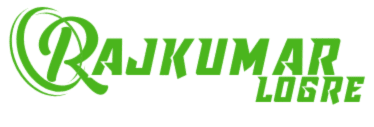
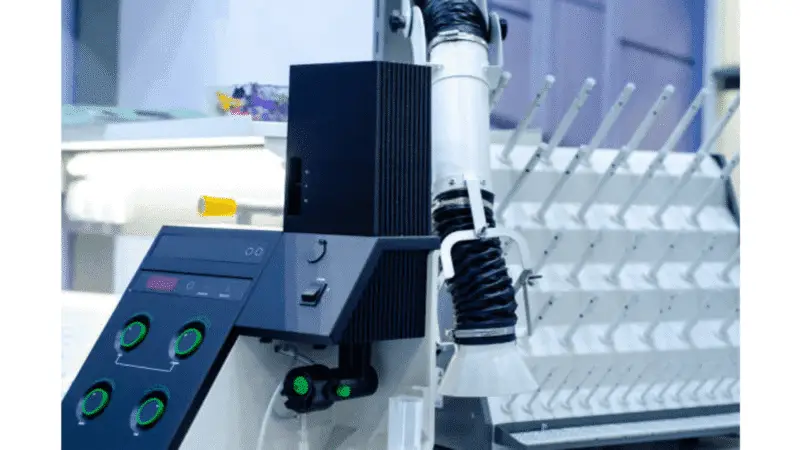

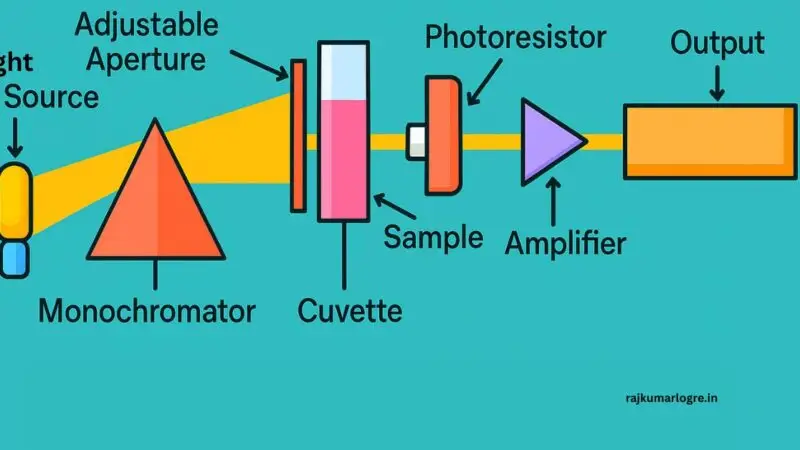



2 thoughts on “5 Reasons Every Biotech Lab Needs a Nanodrop Spectrophotometer Right Now”